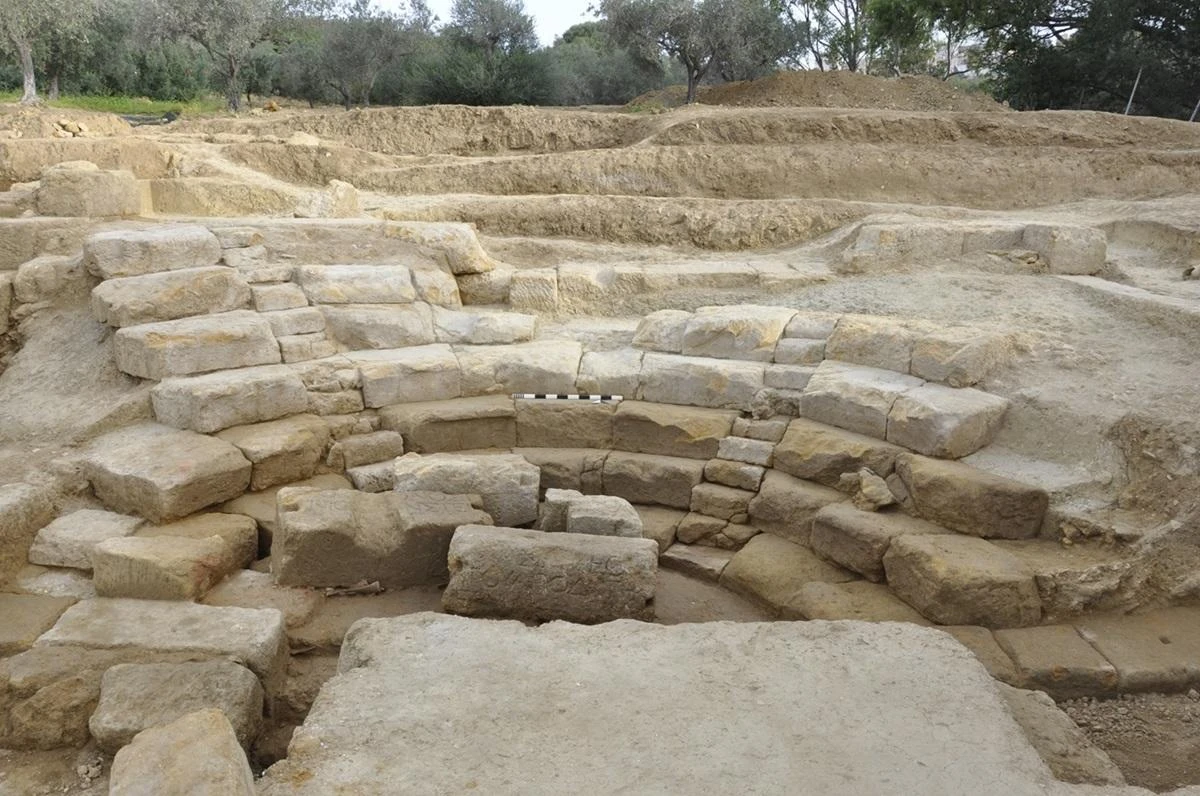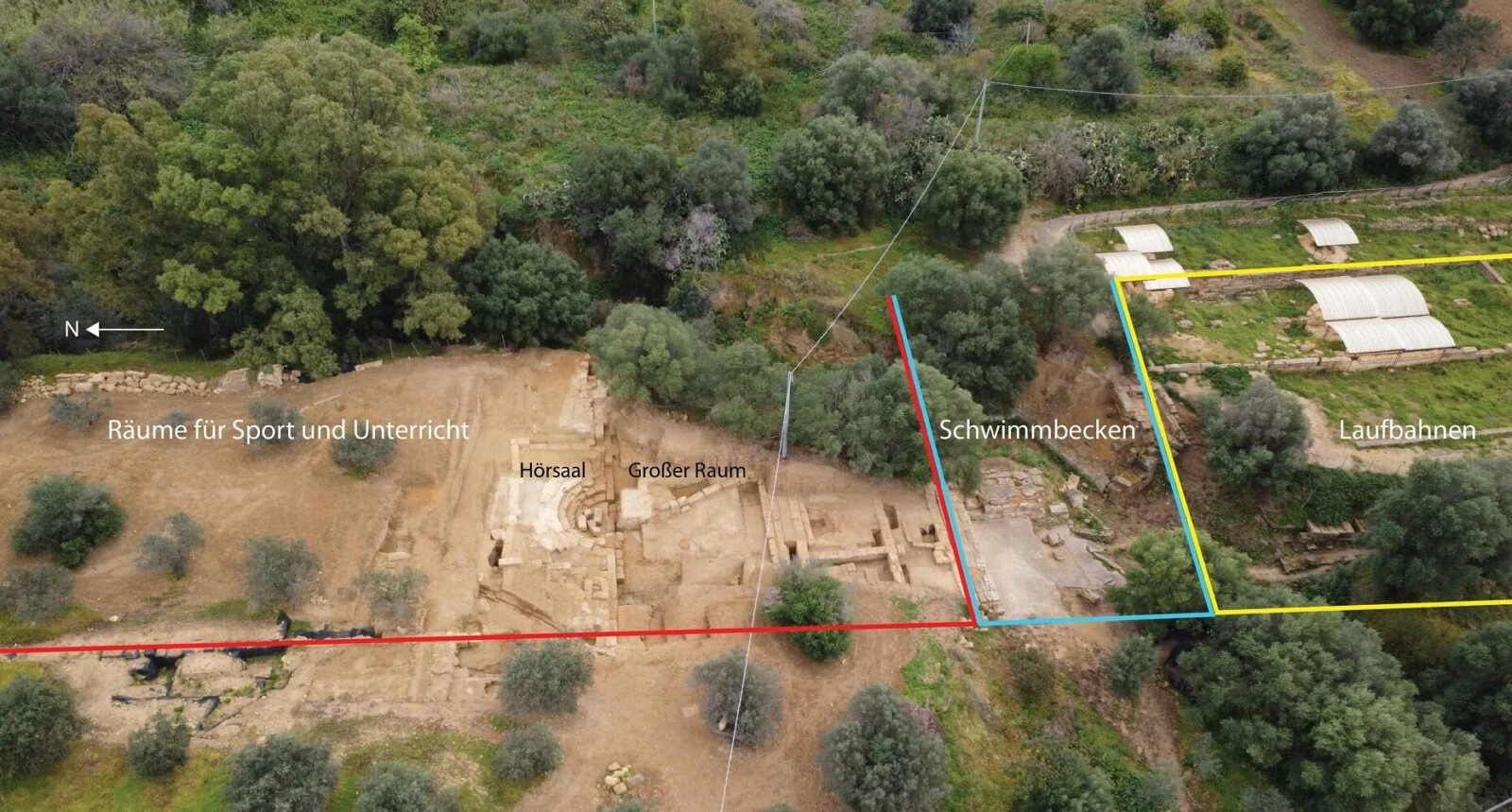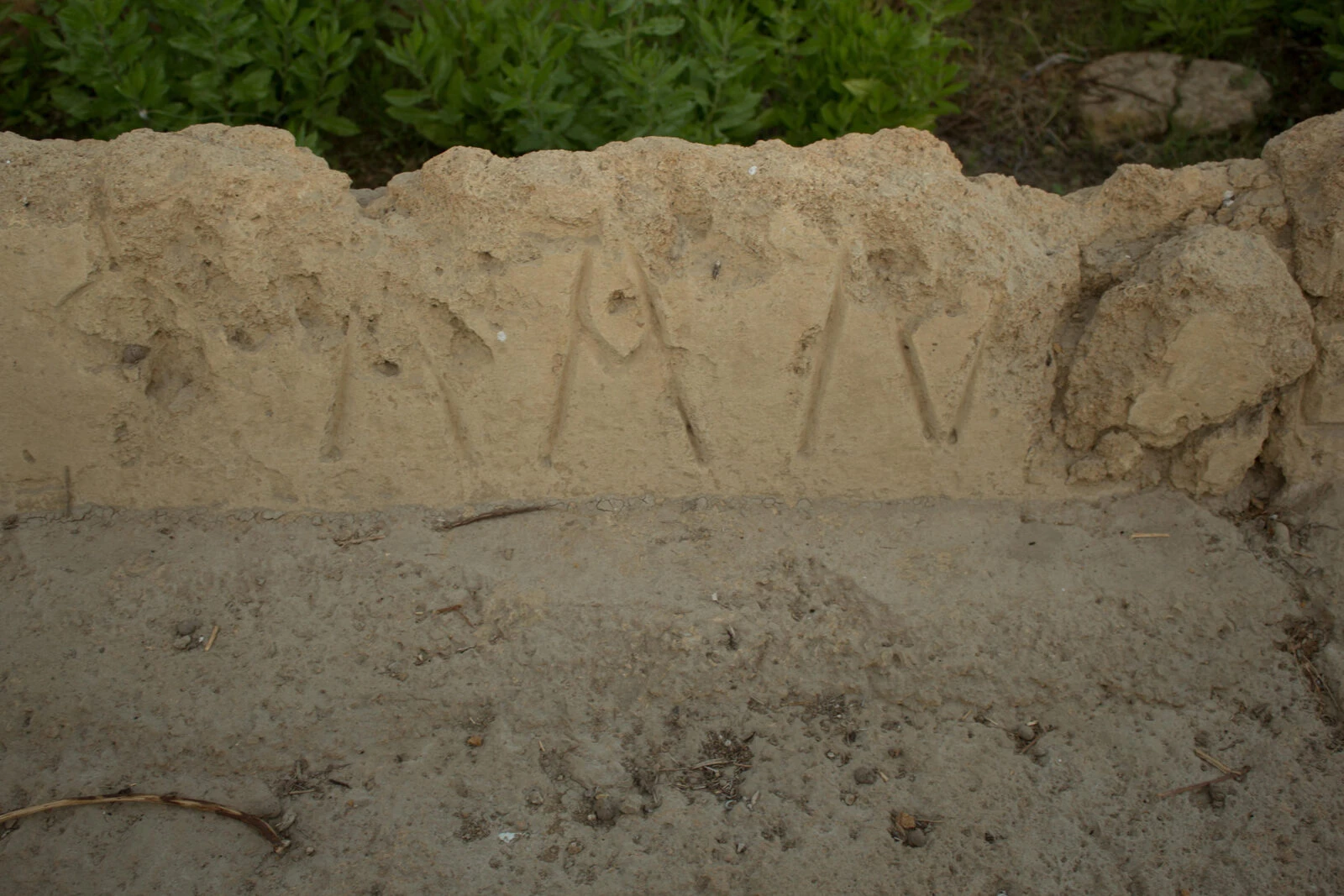Hidden auditorium found in Agrigento offers new clues on ancient education
 A view of the auditorium in Agrigento, Sicilia, Italy. (Photo via Freie Universität Berlin, Institute of Classical Archaeology)
A view of the auditorium in Agrigento, Sicilia, Italy. (Photo via Freie Universität Berlin, Institute of Classical Archaeology)
Archaeologists have uncovered a rare and remarkably well-preserved ancient auditorium in the heart of Agrigento, a historic city on the southwest coast of Sicily.
The discovery, made during a March 2025 excavation by an international team led by Professor Monika Trumper and Thomas Lappi from Freie Universitat Berlin, sheds new light on how education and physical training were tightly intertwined in ancient Greek societies.

A one-of-a-kind structure in Western Mediterranean
The newly discovered auditorium is part of a larger gymnasium complex that has captivated archaeologists for years. This gymnasium, already considered extraordinary for its 200-meter racetracks and expansive swimming pool, now stands out as the only known structure in the western Mediterranean featuring a covered theater-style auditorium built in the second century B.C.
The auditorium includes eight semicircular rows capable of seating around 200 people, opening into a large room measuring 11 by 23 meters. This adjoining space, lined with benches, likely hosted presentations, lectures, and competitions—highlighting the dual emphasis on mental and physical excellence in ancient Greek education.
Intellectual training as vital as athletics
“The gymnasium was not just about athleticism,” said Professor Trumper. “It was a civic institution. Our discovery confirms that learning and cultural training were just as valued as physical strength in preparing young citizens for public life.”
The concept mirrors a modern blend of a fitness center and an educational academy—rooted deeply in ancient Greek tradition and carried into Roman times.

Ancient Greek heritage survives under Roman rule
One of the most striking findings came from the auditorium’s orchestra area: two Greek-inscribed marble blocks with red-painted lettering. These texts mention a gymnasiarch—an official in charge of the gymnasium—and a benefactor who financed roof renovations for the apodyterium, or changing room, dedicating the work to Hermes and Heracles, patron deities of Greek gymnasia.
Dating to the late first century B.C., during Roman rule, the inscriptions suggest that despite political changes, Agrigento preserved its Greek cultural heritage. Greek remained the dominant language and educational traditions endured.
An educational powerhouse in ancient world
Founded around 580 B.C. as one of the largest Greek colonies on Sicily, Agrigento played a prominent role in Mediterranean history. With this new discovery, its gymnasium can now be ranked among the most sophisticated educational facilities of the ancient world.
Professor Trumper and her team—working in collaboration with Politecnico di Bari and the Parco Archeologico Valle dei Templi di Agrigento—plan to continue their work in 2026. They hope to uncover additional spaces used for study and athletic training, and possibly new inscriptions that will offer deeper insight into the lives of the young men who once trained there.



